Hi there, pet lovers! 🐍💎
Sunbeam snakes (Xenopeltis unicolor and Xenopeltis hainanensis) are among the most mesmerizing yet enigmatic reptiles in the pet trade. Known for their jaw-dropping iridescence, these snakes look like they’ve been dipped in liquid rainbow—especially under sunlight. However, their beauty comes with a catch: they are notoriously difficult to keep alive in captivity, making them a challenge even for experienced reptile keepers.
In this detailed review, we’ll explore everything you need to know about Sunbeam snakes—from their unique biology and temperament to their specialized care requirements and ethical considerations. Whether you’re a seasoned herpetologist or simply fascinated by these elusive creatures, this guide will help you determine if a Sunbeam snake is the right pet for you.
Overview
Sunbeam snakes are fossorial (burrowing) snakes native to Southeast Asia. Their metallic, oil-slick-like scales make them one of the most visually stunning snakes in the world, but their shy, secretive nature means they spend most of their time hidden underground.
Here’s a quick summary of what makes them stand out:
- Handling and Temperament: Not a hands-on pet; best observed rather than handled frequently.
- Care and Maintenance: High-maintenance due to strict humidity and temperature needs.
- Health and Durability: Delicate, especially wild-caught imports; captive-bred specimens fare better.
- Availability: Rare in captivity; most available specimens are wild-caught imports.
- Cost: Moderately priced, but long-term care may require additional investments.
- Overall: A challenging pet best suited for advanced keepers who prioritize observation over interaction.

Why Choose a Sunbeam Snake?
Sunbeam snakes are not for everyone, but they offer a unique appeal for reptile enthusiasts who:
- Want a visually stunning yet low-interaction pet.
- Enjoy observing natural burrowing behaviors.
- Are willing to provide specialized, high-humidity care.
Unlike more interactive reptiles (such as bearded dragons or crested geckos), Sunbeam snakes thrive when left undisturbed. Their iridescence is best appreciated in brief viewing sessions, making them a “look but don’t touch” pet.
Handling and Temperament
Shy, Secretive, and Stress-Prone
Sunbeam snakes are nocturnal and fossorial, meaning they spend most of their time burrowed underground. Unlike pythons or corn snakes, they do not tolerate frequent handling and can become easily stressed, leading to refusal to eat or even premature death.
Handling Tips (If Necessary)
- Minimize handling—only remove them for health checks or brief viewing.
- Avoid daytime handling—they are most active at night.
- Watch for stress signs (tail rattling, musking, or refusing food).
- Never force interaction—if the snake seems agitated, return it to its enclosure immediately.
Do Sunbeam Snakes Bite?
They rarely bite, but they may musk (release a foul-smelling liquid) or rattle their tails when stressed. Their bites are non-venomous and harmless, but their fragile nature means rough handling can injure them.
Care and Maintenance
Enclosure Setup
- Size: A 40-gallon plastic tub (or similar) works best for adults.
- Substrate: A deep, damp mix of coconut fiber, sphagnum moss, and organic topsoil (4-6 inches deep).
- Hides & Decor: Cork bark, PVC pipes, and leaf litter to mimic their natural burrowing environment.
- Water Bowl: Large enough for soaking (helps maintain humidity).
Humidity & Temperature
- Humidity:75-100% (must be kept consistently high).
- Mist twice daily or use an automatic fogger.
- Avoid standing water to prevent scale rot.
- Temperature:72-78°F (22-26°C) ambient, with a slight warm spot (80°F max).
- No basking lights—they prefer cool, humid environments.
- Use a thermostat-controlled heat mat if needed.
Feeding
- Diet: Primarily live or frozen-thawed rodents (mice or small rats).
- Feeding Frequency: Every 7-10 days for juveniles, 10-14 days for adults.
- Common Issues:
- Wild-caught imports may refuse food due to stress.
- Never feed in a separate container—disturbing them post-meal can cause regurgitation.
Lighting
- No UVB required, but indirect natural light can enhance their iridescence.
- Avoid bright lights, as they prefer dim, nocturnal conditions.
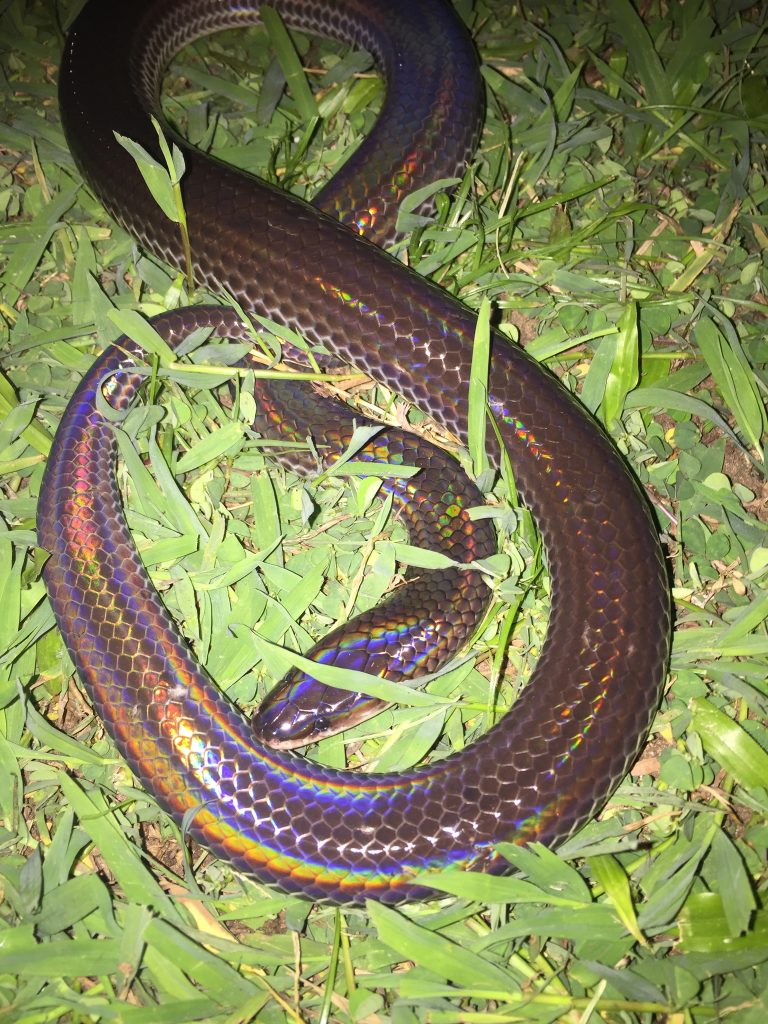
Health and Durability
Common Health Issues
- Respiratory infections (from low humidity or poor ventilation).
- Dehydration & stuck shed (due to incorrect humidity).
- Parasites (common in wild-caught specimens).
- Stress-induced anorexia (leading to rapid weight loss).
Preventative Care
- Quarantine new snakes (especially imports) for at least 60 days.
- Regular fecal checks for parasites.
- Minimize disturbances to reduce stress.
Lifespan
- Wild-caught: Often short-lived (1-3 years due to stress).
- Captive-bred: Can live 10+ years with proper care.
Availability and Cost
Where to Buy
- Captive-Bred: Extremely rare; check specialized breeders or reptile expos.
- Wild-Caught Imports: Common but unethical—avoid unless rescuing.
Cost Breakdown
- Snake: $100-$300 (captive-bred may cost more).
- Enclosure Setup: $150-$300 (tub, substrate, heating, etc.).
- Ongoing Costs: Minimal (electricity, substrate changes, vet visits if needed).
Pros and Cons
Pros
- Unmatched iridescence—one of the most beautiful snakes in the world.
- Low space requirements (compared to large constrictors).
- Fascinating natural behaviors (burrowing, nocturnal activity).
Cons
- Not handleable—best for observation-only keepers.
- High humidity demands (difficult for beginners).
- Most available specimens are wild-caught (ethical concerns).
- Fragile health (prone to stress-related illnesses).

Final Thoughts
Sunbeam snakes are stunning but demanding pets, best suited for advanced reptile keepers who:
- Prioritize naturalistic setups over handling.
- Can maintain perfect humidity and temperature.
- Are committed to ethical sourcing (captive-bred only).
If you’re looking for a display animal with unparalleled beauty and don’t mind the high-maintenance care, a captive-bred Sunbeam snake could be a rewarding challenge. However, if you prefer interactive, hardy reptiles, species like ball pythons or corn snakes may be better choices.
For those determined to keep a Sunbeam snake, patience and research are key. Always support ethical breeders, and never purchase wild-caught imports.
Have you ever kept a Sunbeam snake? Share your experiences in the comments!
Looking for more exotic pet guides? Stay tuned for our next deep-dive reptile review! 🐍💎

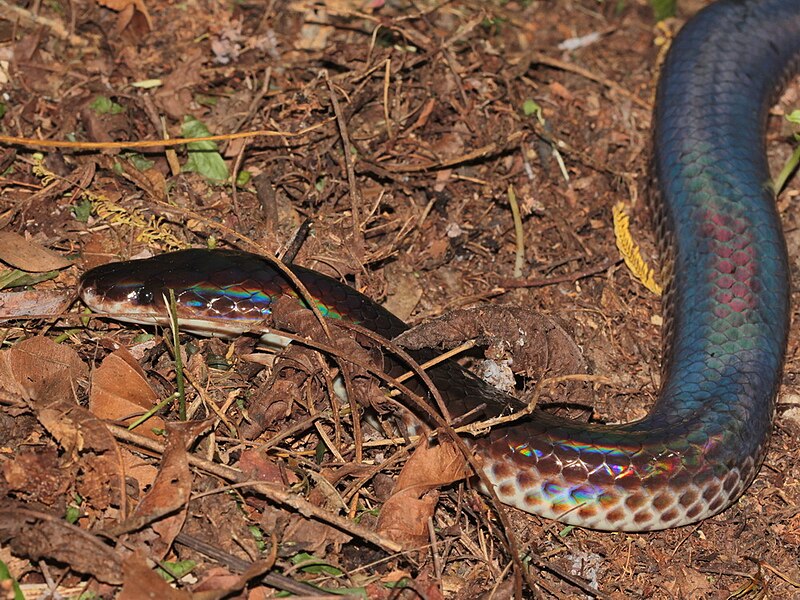


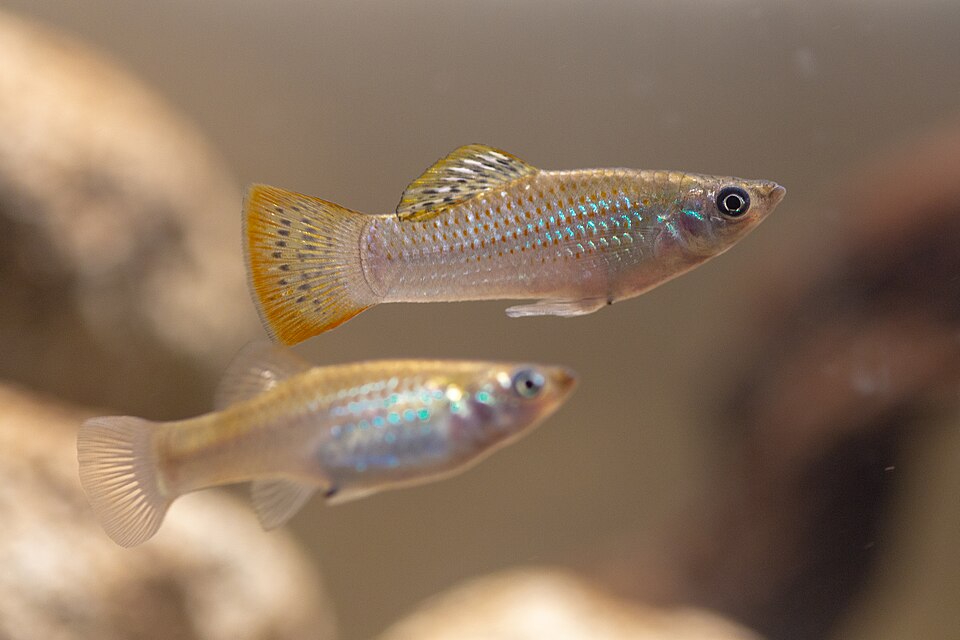

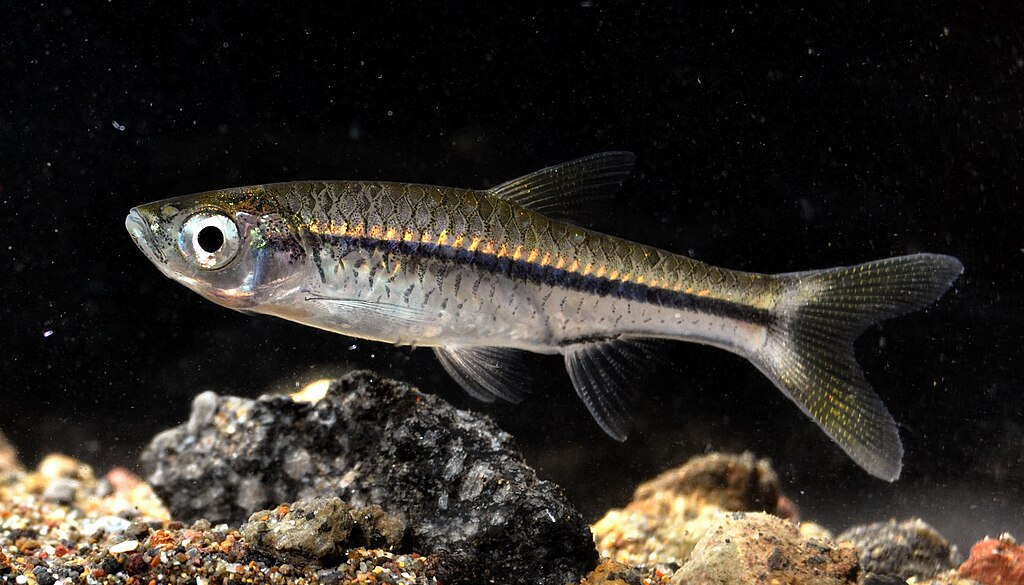
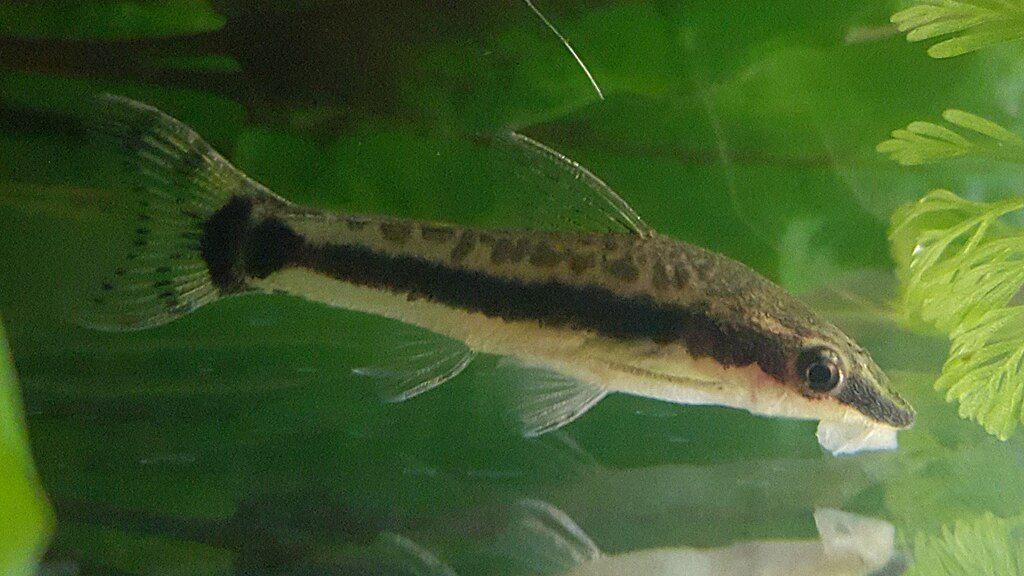
Leave a Reply